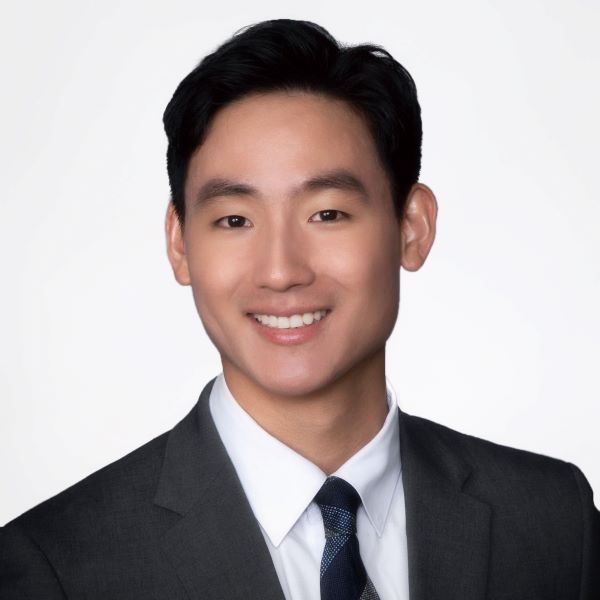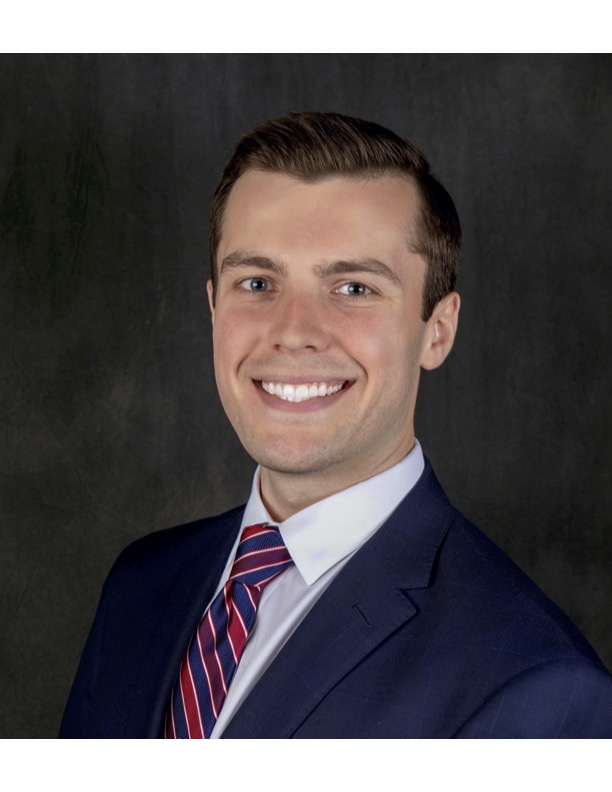Other
(TC62) Management of the Apico-Marginal Defect in Root End Surgery: Applications of Bioactive Amnion-Chorion Membrane for Guided Tissue Regeneration

Michael Choi, D.D.S.
Endodontic Resident
Columbia University
New York, New York, United States
Andrew C. Goodwin, D.M.D.
Endodontic Resident
Columbia University
New York, New York, United States
Sahng G. G. Kim, D.D.S., M.S.
Division Director, Program Director/Professor
Columbia University
New York, New York, United States
Presenter(s)
Co-Presenter(s)
Co-Author(s)
Apico-marginal defects (AMD) often arise in patients with advanced periodontitis or endodontic infections that create dehiscences in the cortical plate. This osseous defect can occur as a complication of dental procedures such as tooth extraction and root amputation. The success of root end surgery in cases with AMD was found to be 77.5% compared to 95.2% in teeth without AMD. Poor healing of these surgical sites pose significant challenges for clinicians and create esthetic and hygienic concerns for patients. Guided tissue regeneration (GTR) is a well-documented technique that has been used in periodontics for nearly five decades to treat AMD. Here, a selectively permeable membrane is utilized to prevent the ingrowth of flap connective tissue into the surgical site allowing osseous tissue to form below without competition. This technique is frequently used in the field of endodontics although its documentation in this setting is less extensive. More recently, biologically active membranes have been proposed to improve this technique by acting as a reservoir to introduce signaling molecules into the surgical site to recruit stem cells and promote bone tissue formation. The purpose of this table clinic is to present the procedures and outcomes associated with the use of amnion-chorion membrane for GTR to manage AMD. Cases of GTR with bioactive scaffolds in endodontic microsurgery will be presented to demonstrate this technique. With this insight, the clinician will be better able to identify the risk factors associated with the formation of periodontal osseous defects and render treatment to manage these defects.

.png)
.png)
.png)
.png)